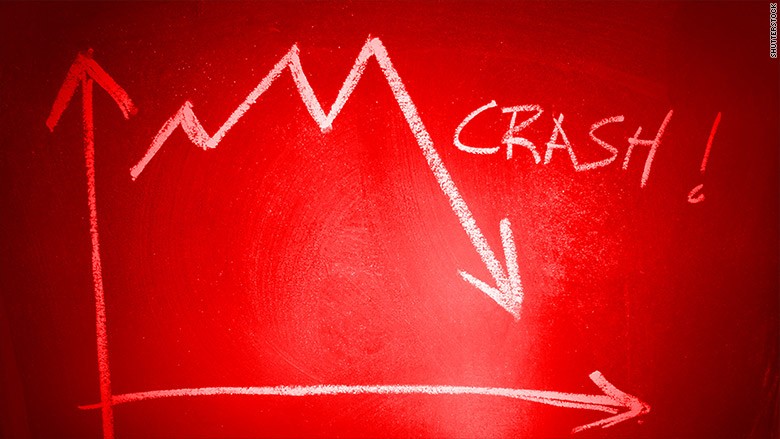How do investors lose money when the stock market crashes
Post on: 11 Апрель, 2015 No Comment

Over the last hundred years, there have been several large stock market crashes that have plagued the American financial system. For example, during the Great Depression. stock prices dropped to 10% of their previous highs and during the crash of 1987, the market fell more than 20% in one day.
Due to the way stocks are traded, investors can lose quite a bit of money if they don’t understand how fluctuating share prices affect their wealth. In the simplest sense, investors buy shares at a certain price and can then sell the shares to realize capital gains. However, if the share price drops dramatically, the investor will not realize a gain; in fact, the investor will lose money. For example, suppose that an investor buys 1,000 shares in a company for a total of $1,000. Due to a stock market crash, the price of the shares drops 75%. As a result, the investor’s position falls from 1,000 shares worth $1,000 to 1,000 shares worth $250. In this case, if the investor sells the position. he or she will incur a net loss of $750.
Another way that an investor can lose large amounts of money as a result of a stock market crash is by buying on margin. In this investment strategy. investors borrow money in order to make a profit. More specifically, an investor pools his or her own money along with a very large amount of borrowed money in order to make a profit on small gains in the stock market. Once the investor sells the position and repays the loan and interest, a small profit will remain. For example, if an investor borrows $999 from the bank (at 5% interest) and then combines it with $1 of his or her own savings, that investor will have $1,000 available for investment purposes. If that money is invested in a stock that yields a 6% return, the investor will receive a total of $1,060. After returning the loan (with interest), about $11 will be left over as profit. Based on the investor’s personal investment of $1, this would represent a return of more than 1000%. (For more on this, read the Margin Trading tutorial.)
This strategy certainly works if the market goes up, but if the market crashes, the investor will be in a lot of trouble. For example, if the value of the $1,000 investment drops to $100, the investor will not only lose the dollar he or she contributed personally, but will also owe more than $950 to the bank (that’s $950 owed on an initial amount of only $1 provided by the investor).
In the events leading up to the Great Depression, many investors used very large margin positions in order to take advantage of this strategy. However, when the depression hit, these investors worsened their overall financial situations, because not only did they lose everything they owned, they also owed large amounts of money. Because lending institutions could not get any money back from investors, many banks had to declare bankruptcy. In order to prevent such events from occurring again, the Securities and Exchange Commission made regulations that prevent investors from taking large positions on margin.
For more information, see The Greatest Market Crashes tutorial.














